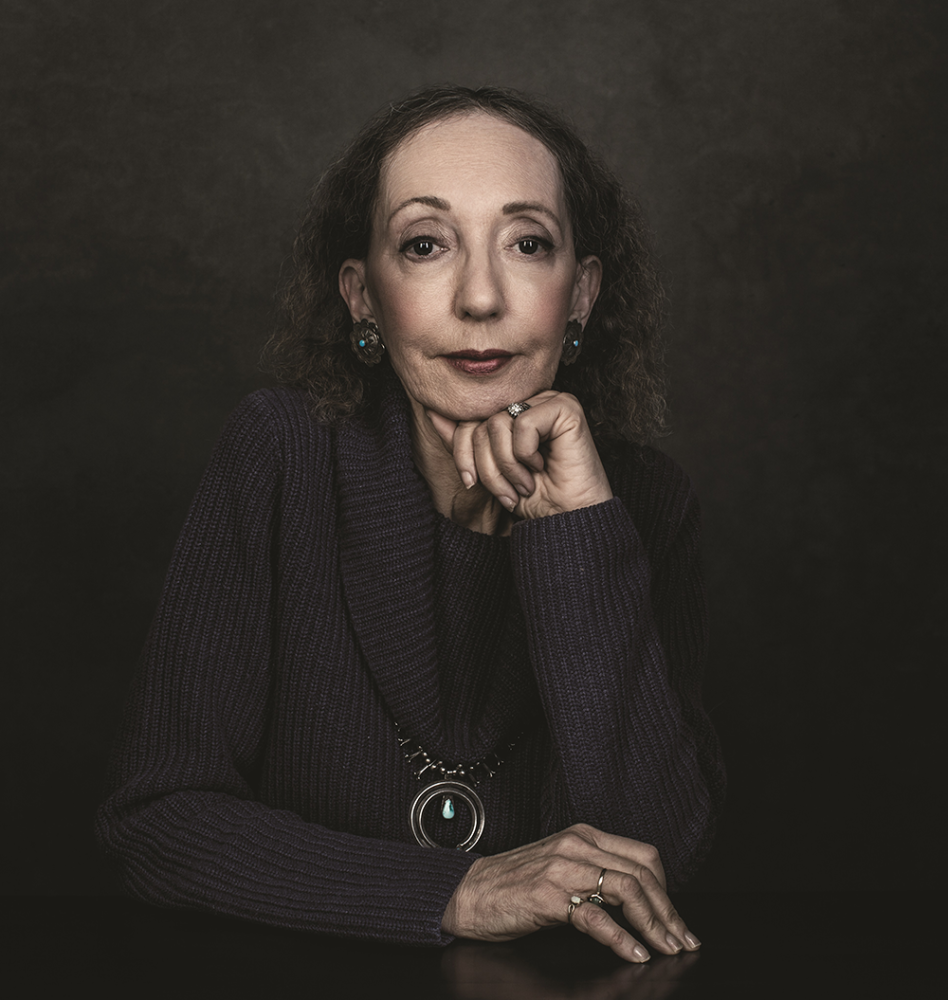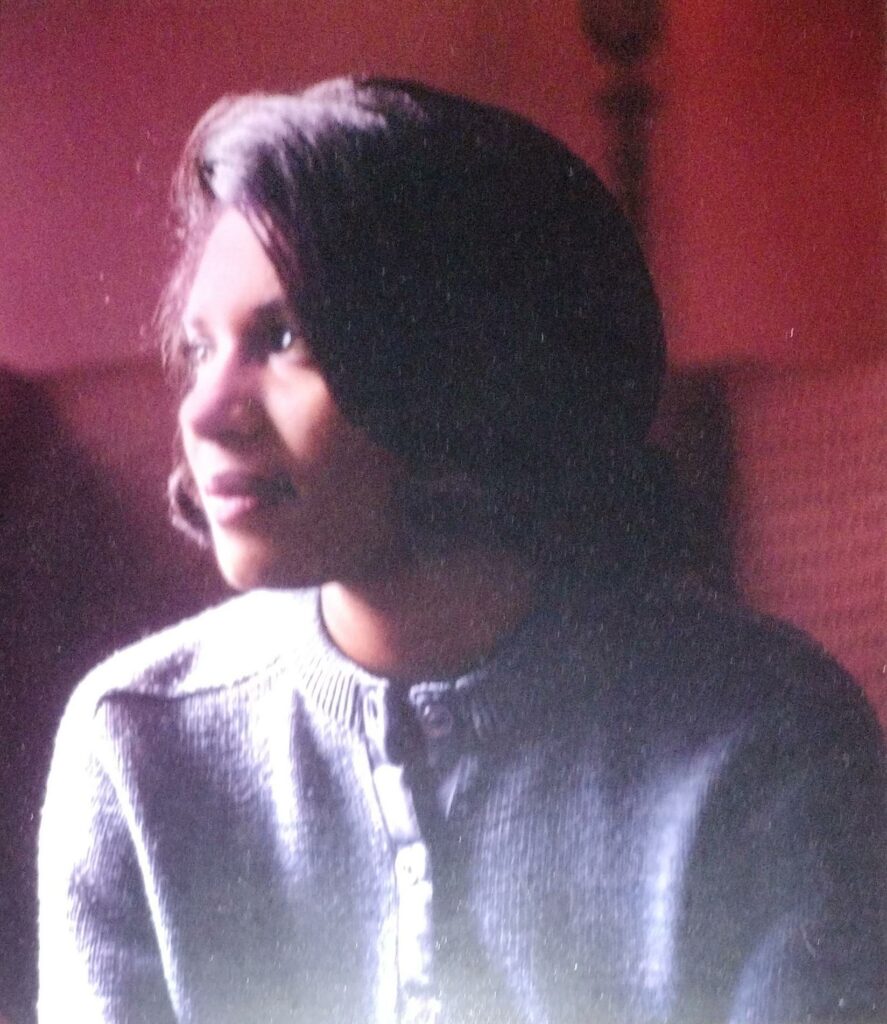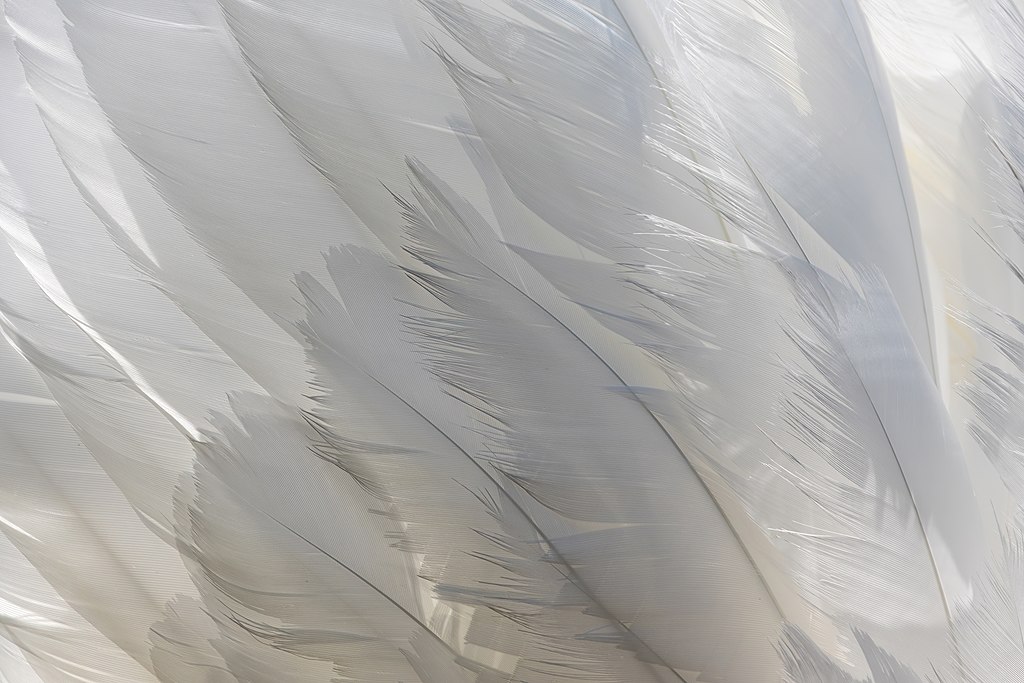This essay originally appeared in Reframed, the Art in America newsletter about about art that surprises us, about the works that get us worked up. Sign up here to receive it every Thursday.
It started with a blast of static that faded away to reveal a gentle pulse of animal sounds: a serene reprise from seemingly alien birds and bugs going about their business on a planet other than our own. An enormous 60-foot screen showed aerial views of former forest land, where trees—or what remains of them—blaze in otherworldly colors. Then a jarring jump cut shifts to close-up footage of young Indigenous people in feathers and face-paint excoriating disgraced Brazilian president Jair Bolsonaro (“You filth!” “Parasite!”) for damage done to the Amazon.
All of that is part of Broken Spectre (2021), a bracing video work by Irish artist Richard Mosse currently on view in a new space for Jack Shainman Gallery in New York. The show’s setting is itself a story, as the 1898 Italian Renaissance Revival building by the architecture firm McKim, Mead & White will soon play home to a new Shainman space when it opens officially after further renovation later this year.
But the setting of the Amazon is of far more immediate and urgent concern here. Broken Spectre draws from travels that Mosse undertook to the Amazon Basin between 2018 and 2020, when he captured still and moving images of environmental destruction on a scale that boggles the mind. Wall text at the entry to the exhibition—which continues through March 16—states that more than one-fifth of the original rainforest has been destroyed in the last 50 years. The 74-minute video documenting the ongoing decimation shows no signs of that slowing any time soon.
As in work that Mosse has made in other neglected locales including the conflict-ridden Democratic Republic of Congo and cast-out refugee encampments in hostile parts of Europe, Broken Spectre is a documentary that doubles as a call-to-action. It’s slow and poetic but also visceral and intense, mostly wordless and bolstered by a score that includes music and field-recordings of wild nature. The soundtrack is the work of Ben Frost, a musician and composer—and previous collaborator with Mosse—who mines fertile realms between contemporary classical music, dark ambience, and noise pushed to voluminous extremes. (The current show is a rare gallery happening for which earplugs wouldn’t be unadvisable.)
Copyright
© Art News






